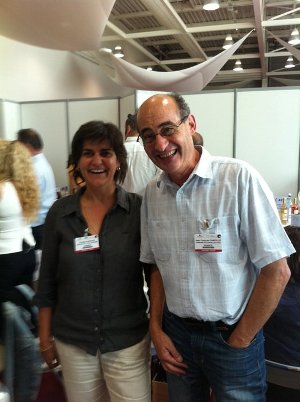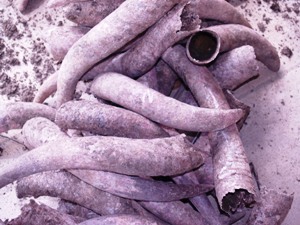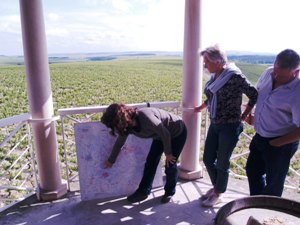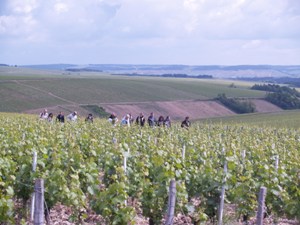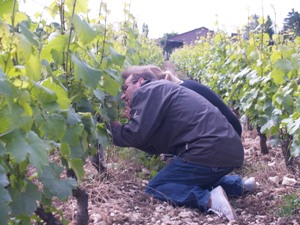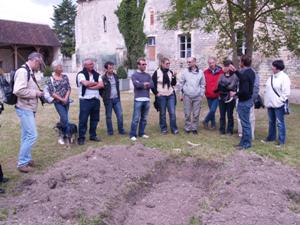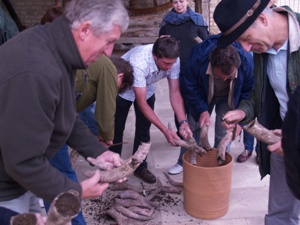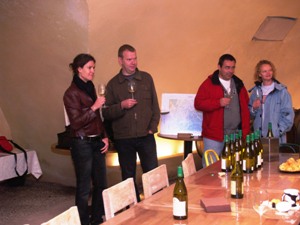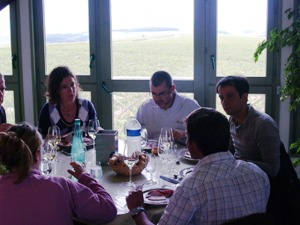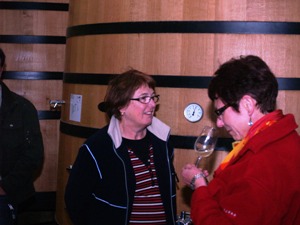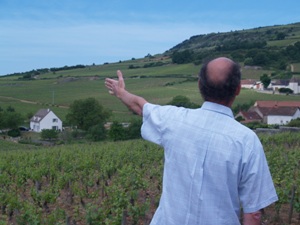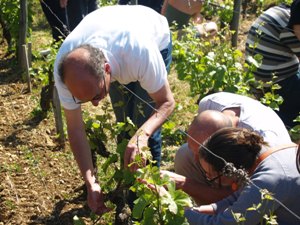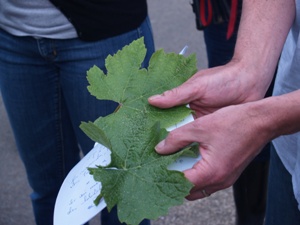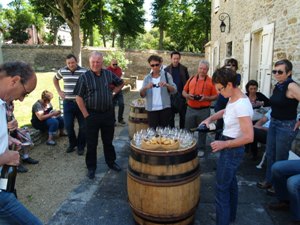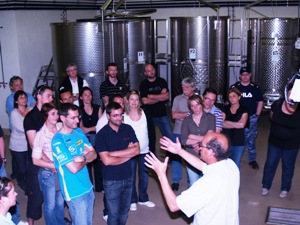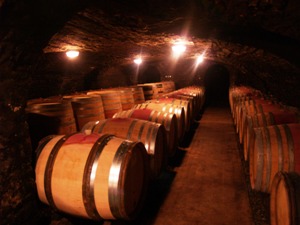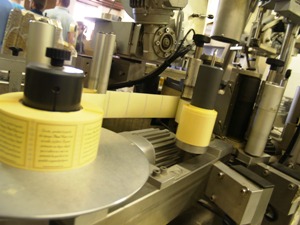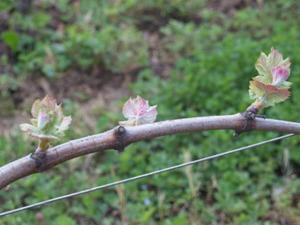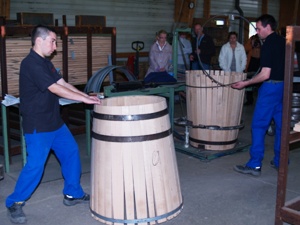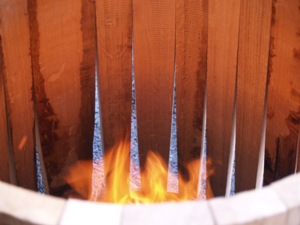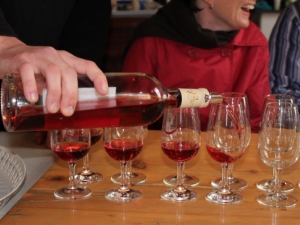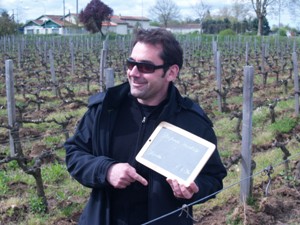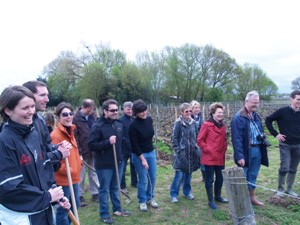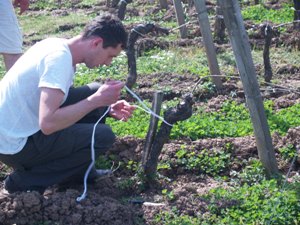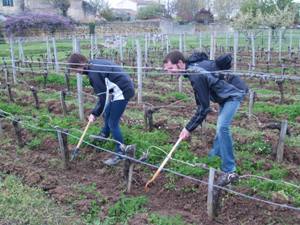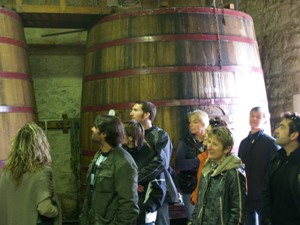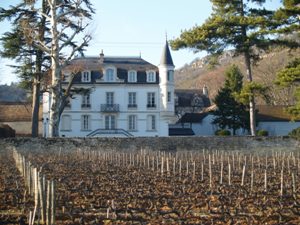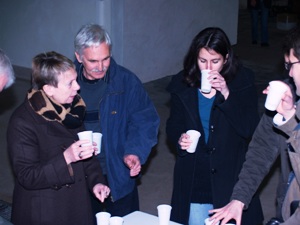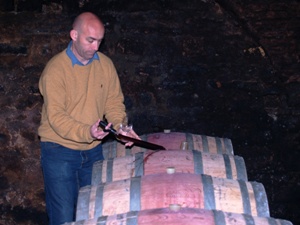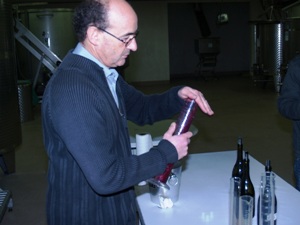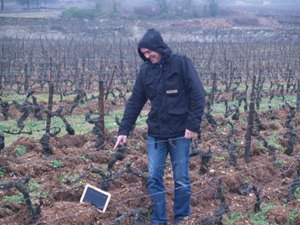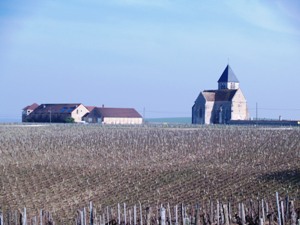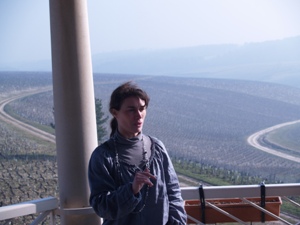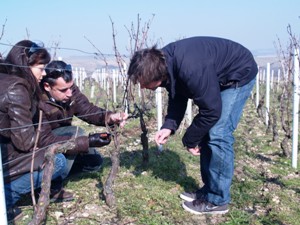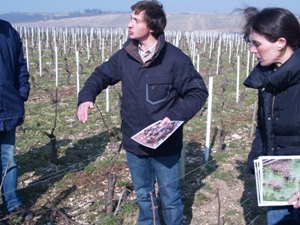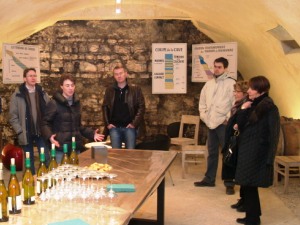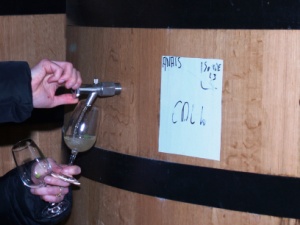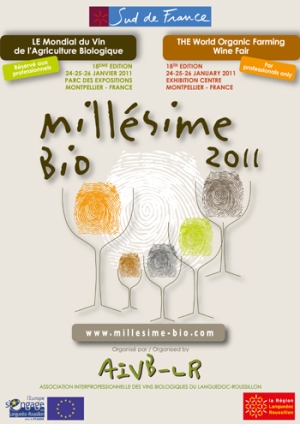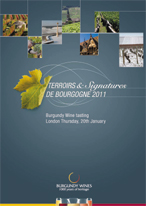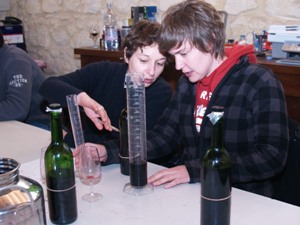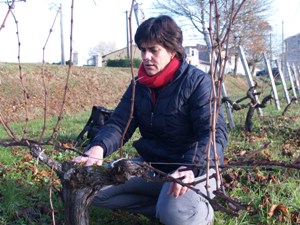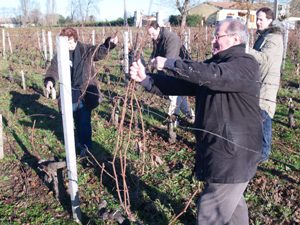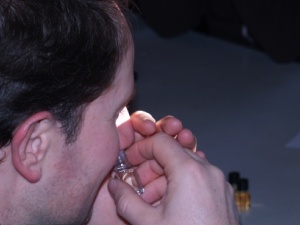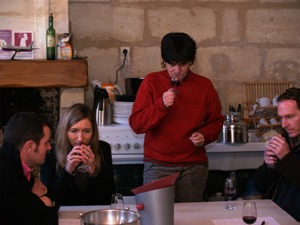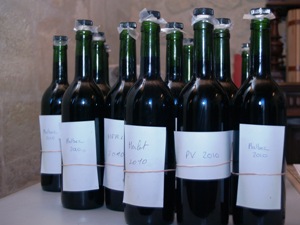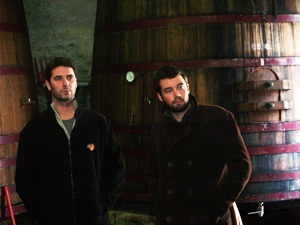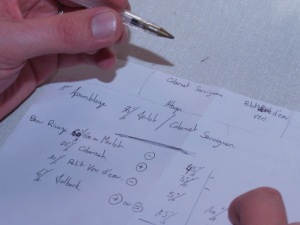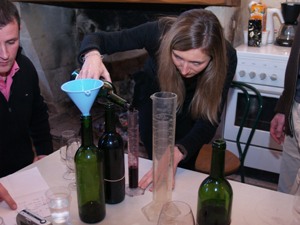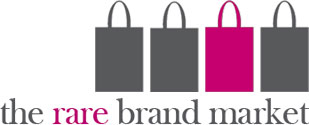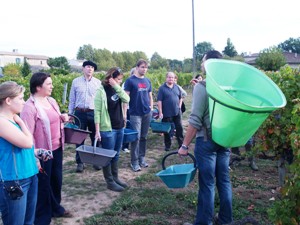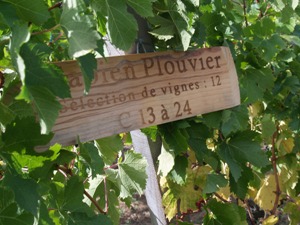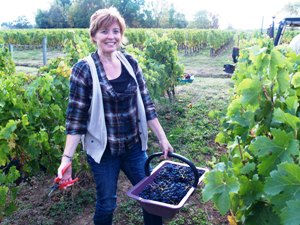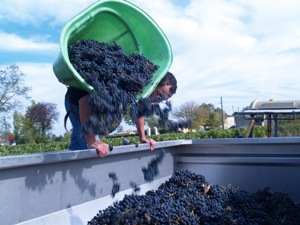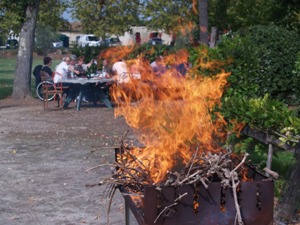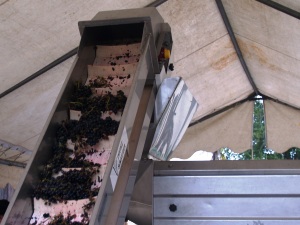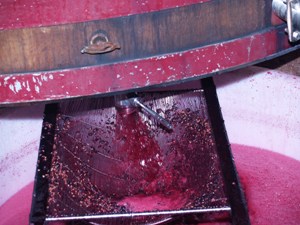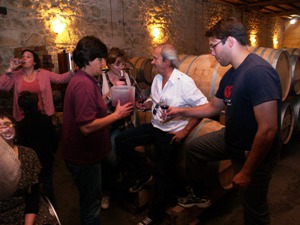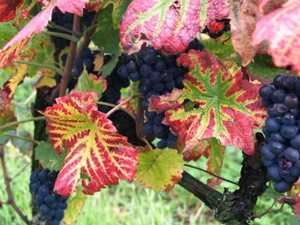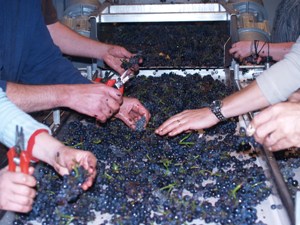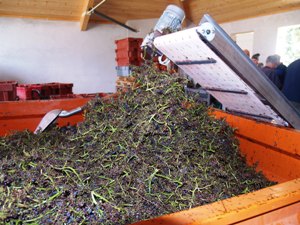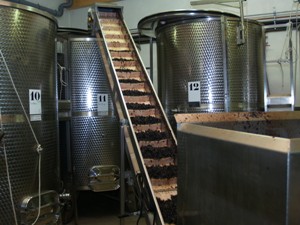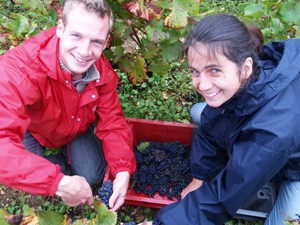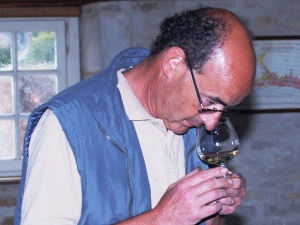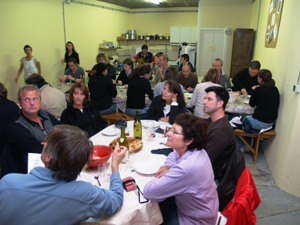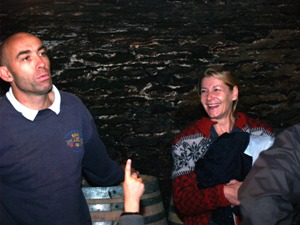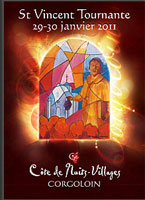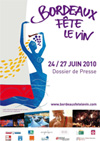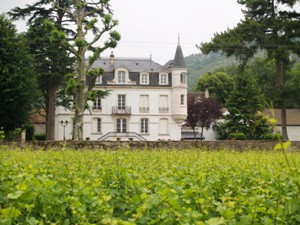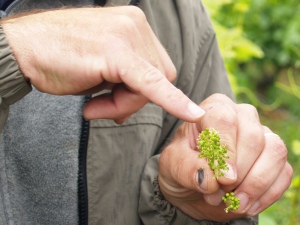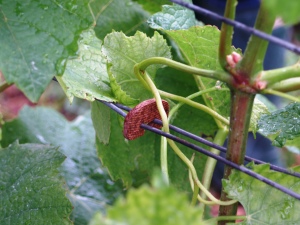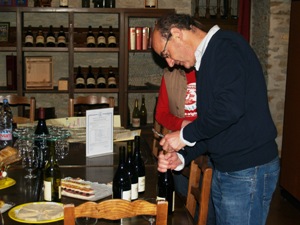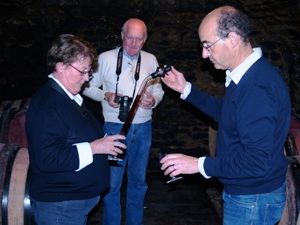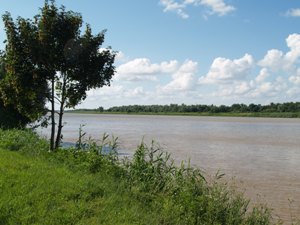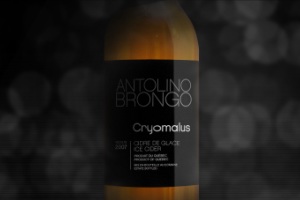Under the blue skies of Burgundy, we spent last weekend at
Domaine Chapelle with some of the Wine Discovery Experience Day
clients. The aim of the day is to learn more about making
wine in a very practical way and to get behind the scenes to find
out what it's really like to be a winemaker.
Watch the
video (french langauge)
After the initial introductions, we headed straight out into the
Clos des Cornières vineyard, where the adopted vines of the
clients are located. With the panoramic views of the
surrounding vineyards, Jean Françcois Chapelle began by
explaining the difference in terroir between the vine plots used
for Premier Cru, Santenay village, Burgundy red, and Santenay
village white wines. Something which is much easier to
understand with the landscape in front of you than by looking at
a map!
We learnt about all of the key stages in cultivating the vines
from pruning, treating the vines organically, right through to
when the grapes will eventually be fully ripened come harvest
time. Much like the other wine producing regions of France,
Burgundy has had a very warm and sunny April, which means that
the vines are currently some 3 weeks in advance of a normal
year. It's still too early to predict exactly when the
harvest will be, but it will almost surely be sooner than usual.
The adjacent vineyard is planted with Chardonnay vines, so we
took a look at the difference in the vines, the different pruning
methods used and compared the foliage of the pinot noir and
Chardonnay vines.
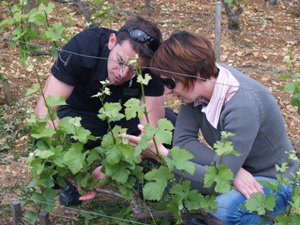
Back in the Clos des Cornières vineyard, time to get down to some
work! The essence of a Gorumet Odyssey Wine Experience Day
is to learn about wine making by touching, seeing, doing, tasting
and smelling. Jean François had left a few rows of vines to
be de-budded. He explained the importance of removing some
of the vine shoots to concentrate growth in the future
fruit-bearing shoots, which will help improve the quality of the
grapes, and showed us how to select which shoots to break
off. Easy! We each settled in front of some vines, looked
at each shoot, remembered what Jean François had told us, and
then froze as the realisation of the responsibility that had been
placed upon us hit home. No-one wants to choose the wrong shoot
to detach! Luckily Jean François and Yvette Chapelle were
at hand to guide us, and soon the pace of activity increased!
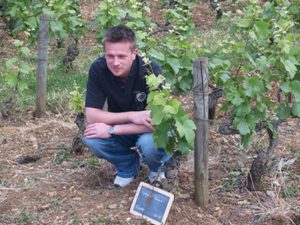
Signs had been placed in the vineyard to mark where the adopted
vines of each client are located. Time was set aside to search
out each client's mini plot of vines. The cameras came out,
various poses were adopted, some set about weeding around their
vines, and others even started murmuring sweet nothings to
encourage their fertility!
After the effort, time to head back to the winery for a well
earned aperitif! In the shade of the courtyard, we began
the wine tasting, accompanied by some Gougères, a delicious
cheese pastry specialty from Burgundy. We started with
Domaine Chapelle's Santenay "St Jean" 2009 white wine, a crisp
and mineral chardonnay from the upper slopes above the domaine
that we had seen from our time in the vineyard. Next we
tasted the Chassagne Montrachet "Morgeot" Premier Cru 2008
white wine, a more fruity and complex wine.
Lunch, including boeuf bourguignon and local cheeses, was served
in the reception hall, whilst the wine tasting continued with the
red wines. First a comparison of the Santenay Village "Clos des
Cornières" 2009 and 2006 (the wine selected for the Gourmet
Odyssey Wine Experience), followed by the domaine's Aloxe Corton
2007, and finally the Santenay "Beaurepaire" Premier Cru
2002.
The cool of the cuverie and cellars awaited us in the
afternoon. First an introduction to how the grapes are
received at harvest time, sorted, and ferment in the tanks.
Ducking our heads, we descended into the vast cellars where the
2010 wines are currently ageing, and some 130,000 bottles are
stocked. Jean François explained the ageing process, and
the choice of oak barrels used.
The visit ended with an explanation of the bottling and labeling
stations, the final stage in preparing the wine before it is
packaged up and dispatched to be enjoyed far and beyond the small
village of Santenay!
A very warm thanks to Jean François and Yvette for sharing their
passion with us, and for giving us an insight into the many and
varied facets that make up the life of a winemaker.
Watch the
video (french langauge)
